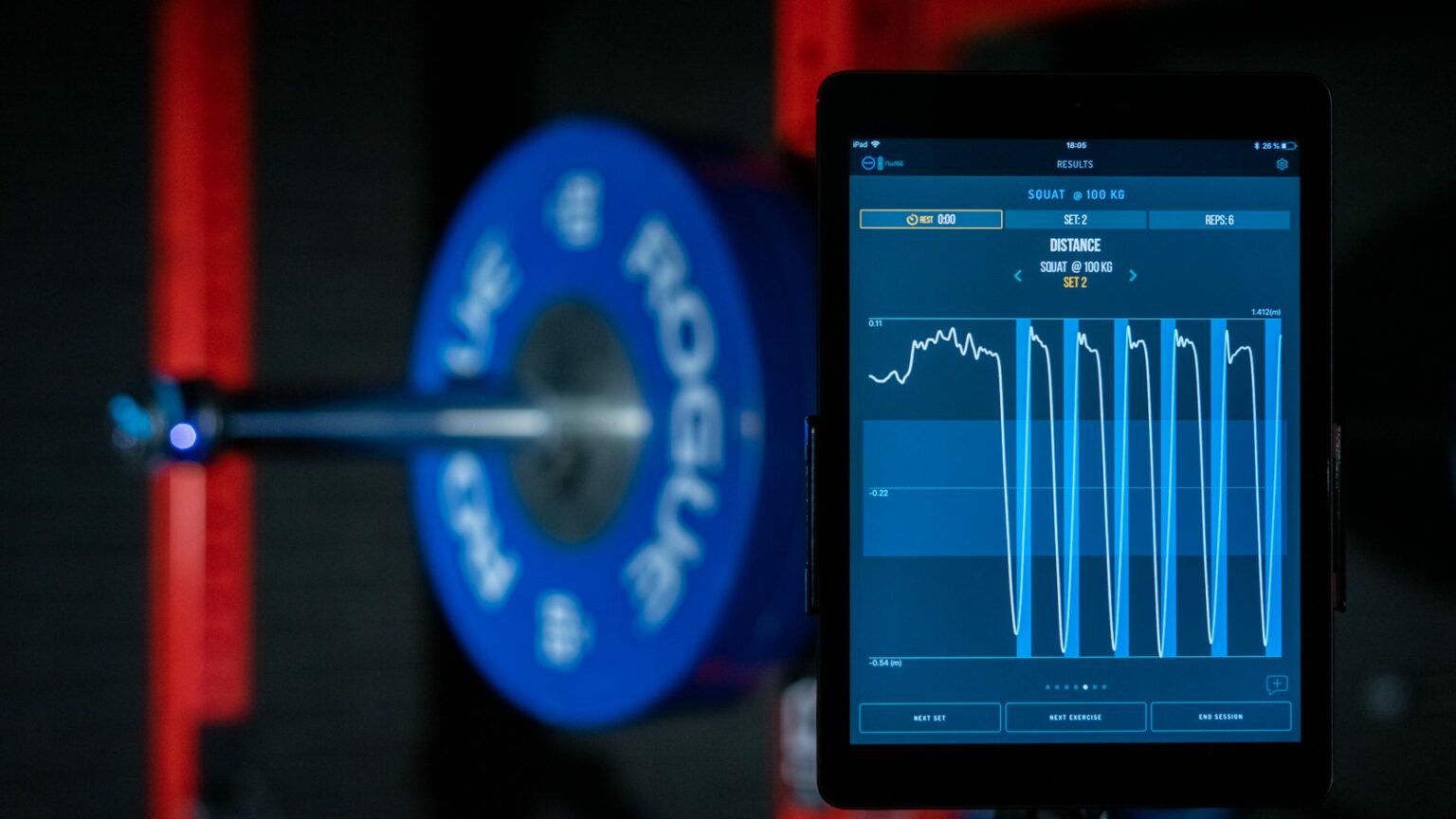“Better every day,” a motto of the modern lifestyle, has brought a massive growth in the market for health and technology. From smart watches which inform us of time, heart and pulse rate, and steps taken in a day to vibrational devices which enhance better performance, we have evolved successfully.
People have become more and more conscious about their health since COVID-19. Mental health has been brought to focus as lockdown and the severity of the pandemic have ruptured the mental balance. But that does not relegate physical health to the side-lines.

Physical health has also gained a priority as people use it for therapy, to induce the serotonin they lacked during the crucial years of the pandemic. This front row, full of healthy lifestyle practices, is gaining momentum for people who need it and people who desire it.
Velocity Based Training Device
Monitoring physical activity is a tough task. One can weigh and segregate food items that are proving maleficent. Likewise, it is now possible to weigh out the unnecessary elements that hinder a good physical strength training program. This has been made possible through Velocity Based Training (VBT) devices.

The purpose of these devices is to provide accurate and precise results to map the velocity of a repetition. This is an AI and ML-based approach to improve the performances of professional athletes, mainly applied by the trainers guiding them. Whereas, it is also recommended for amateur athletes who intend to improve their form through a better understanding of their physical activity.
https://vitruve.fit/blog/vbt-devices/
Techniques and devices
The technique behind the VBT is that of a linear encoder. The linear encoder has been used by researchers, coaches, trainers, and athletes for a very long time. It enables the user to quantify their performance for better team building. Even though this method has been in use for a long time, it has been modified through AI and ML to multiply all the efforts put forth by the performer.
- One of the initial VBTs available dates back to 2007. This device, T-Force, uses a computer to save the information received through the traditional linear encoder in an Excel format. It is considered to be the most efficient as it incorporates linear encoders and extensive hardware.

- Another kind of VBT is that of an accelerator formulation. This is designed to measure inertia, with a reverse acceleration process to calculate the velocity.
- The third kind of VBT is the optics-based calculation approach. Optical/camera-based VBT employs fast speed capture during training sessions. The ML of such a VBT is weaker in comparison to the linear coder as there are major chances of minor errors. Images clicked can easily lead to discrepancies which corrupt the data attained.

- A laser based VBT lessens the need for a tether to measure the distance of the equipment from the ground. Its laser acts as a tether. Moreover, it is available in a compact form, so it can be hung from the equipment, for instance, a barbell used during squats.
https://gymaware.com/velocity-based-training-buyers-guide/
Conclusion
Organizations with professional athletes need an authentic and accurate VBT device, which will quantify their performance levels and help with necessary modifications. People who need to track their performance levels based on velocity like form and precision during squat or deadlift, or those who intend to track their mobility outside of a traditional gym set up, can acquire VBTs based on their requirements.
Since multiple versions of VBTs are available, we need to understand that there are various simplified versions for basic needs of people, like tracking the steps taken in a day or the miles walked.
Published By: Sandipan Dutta













